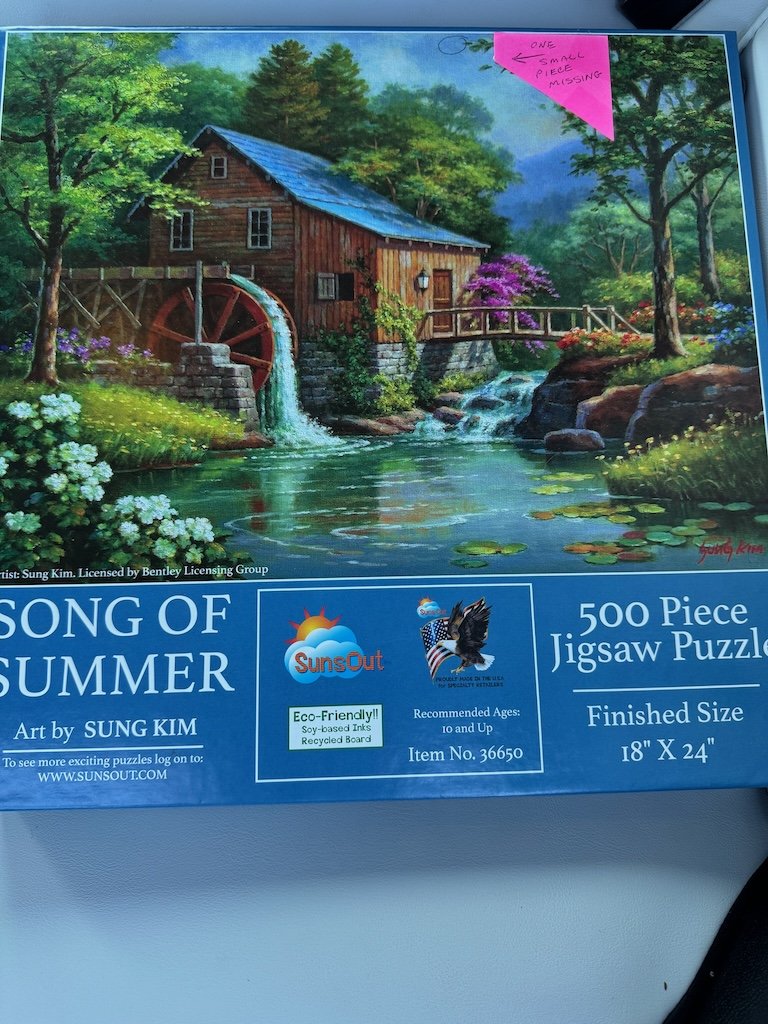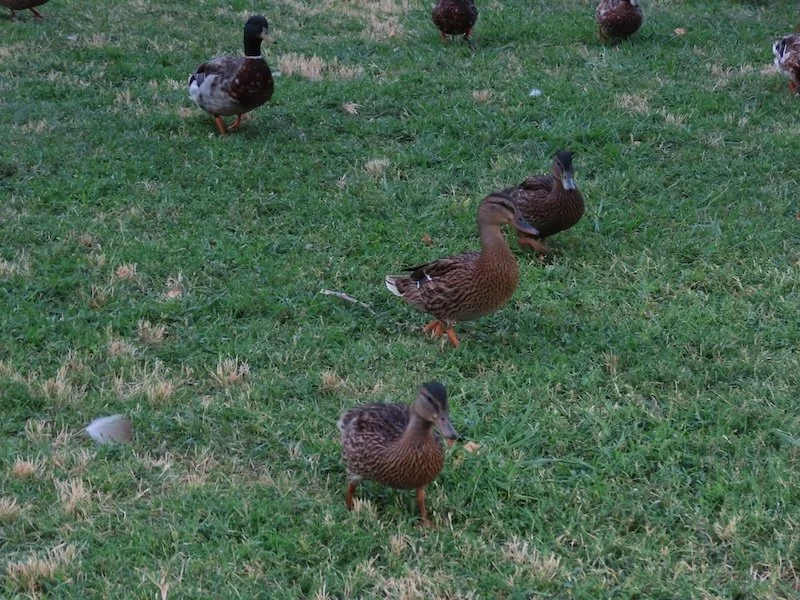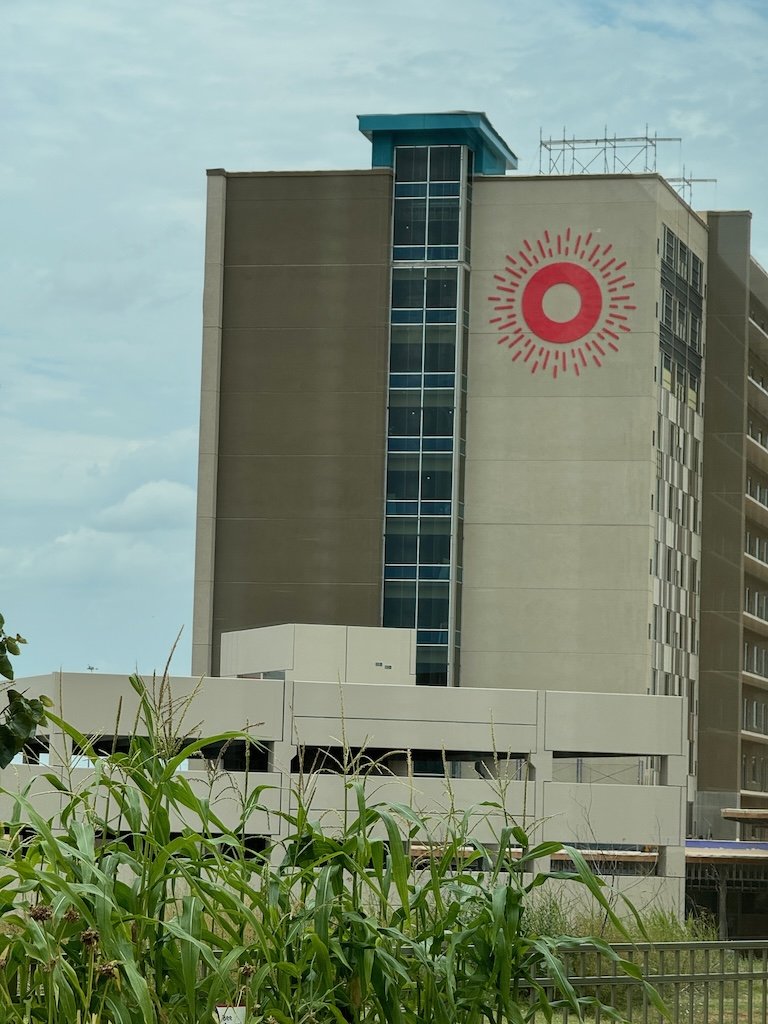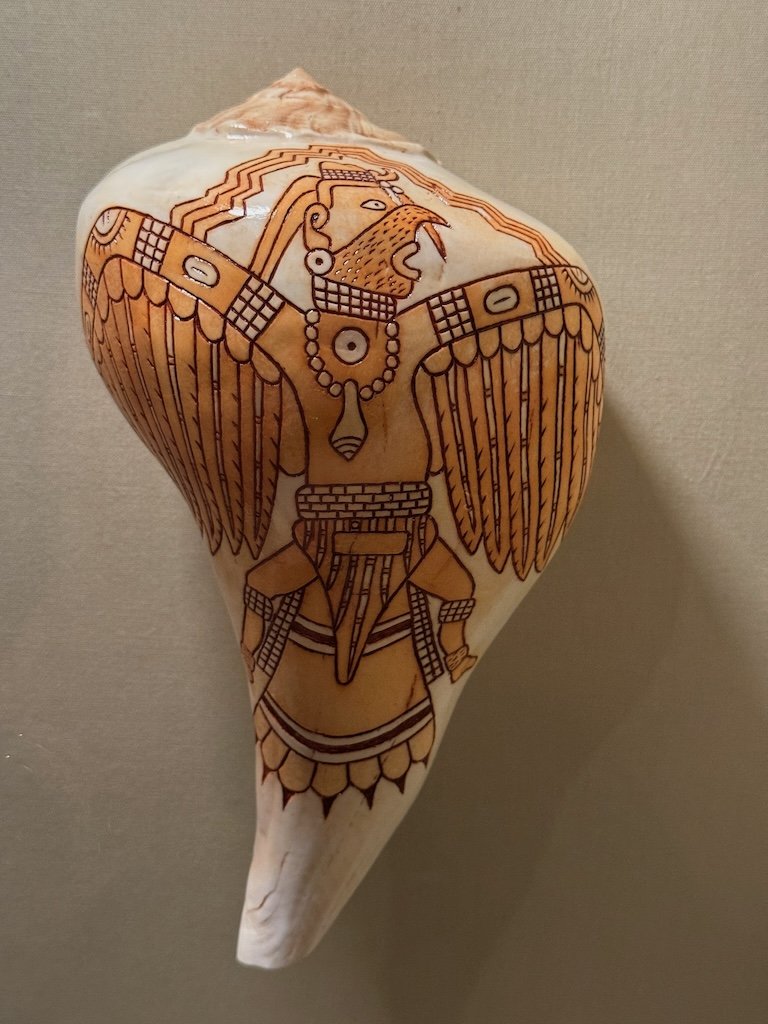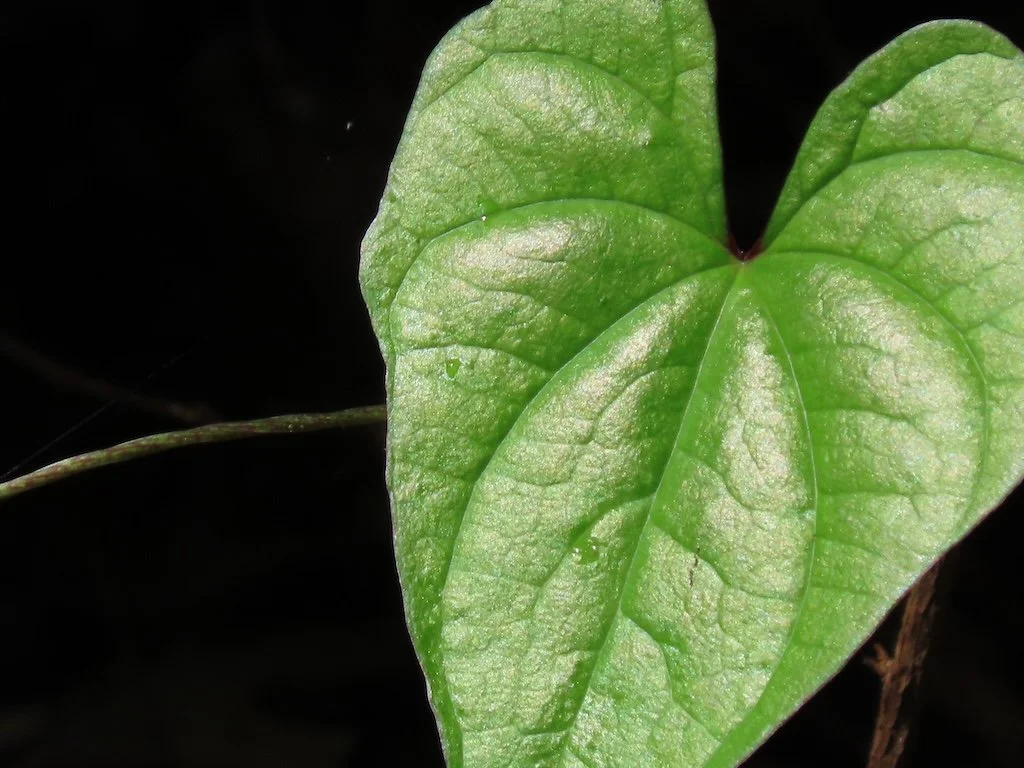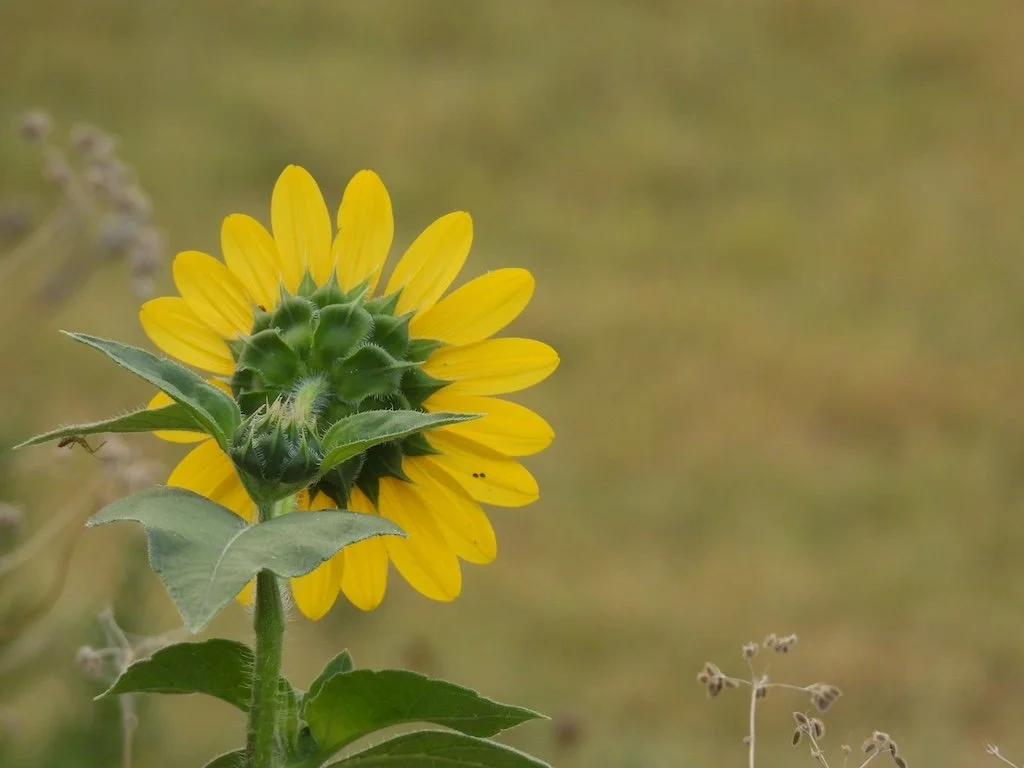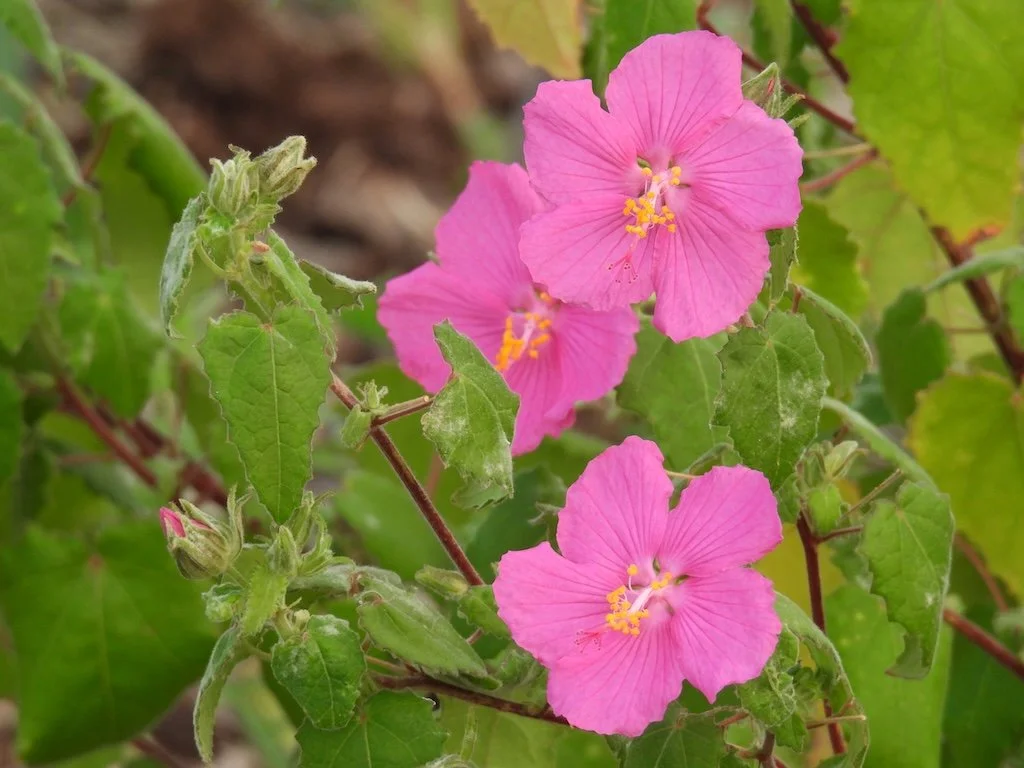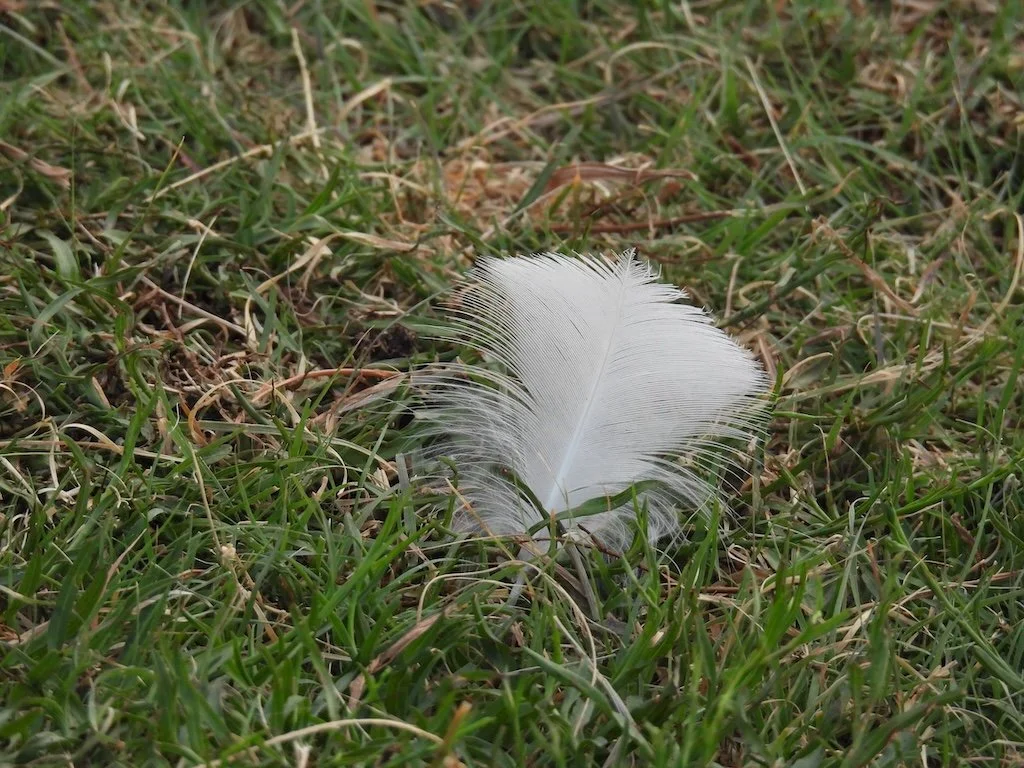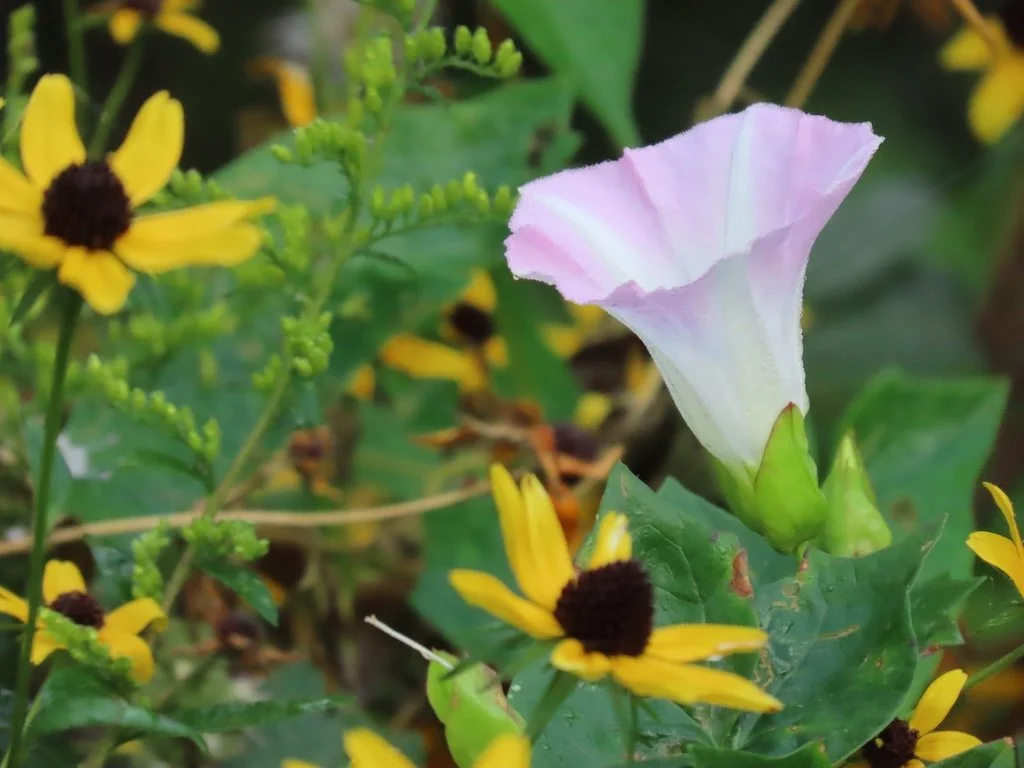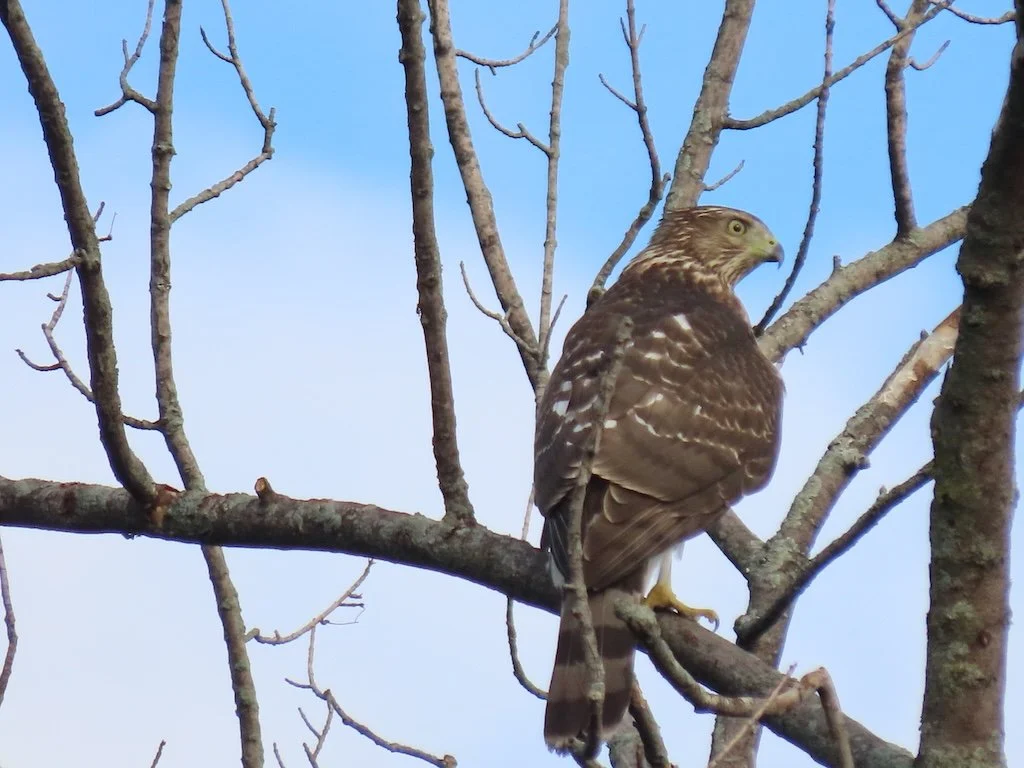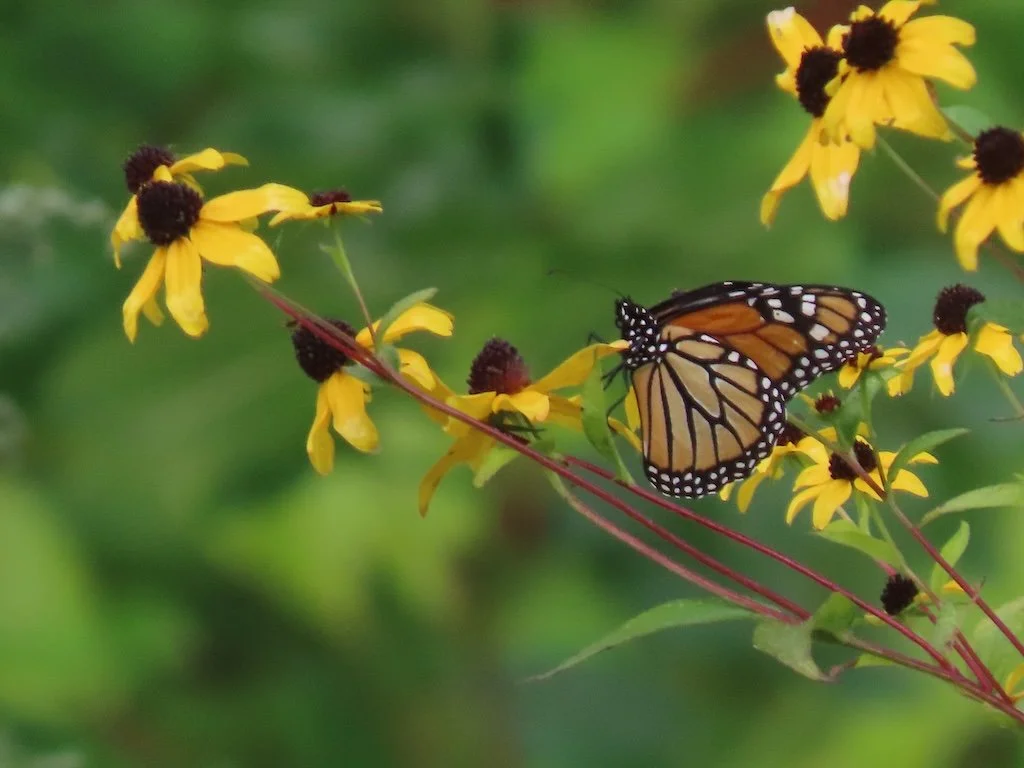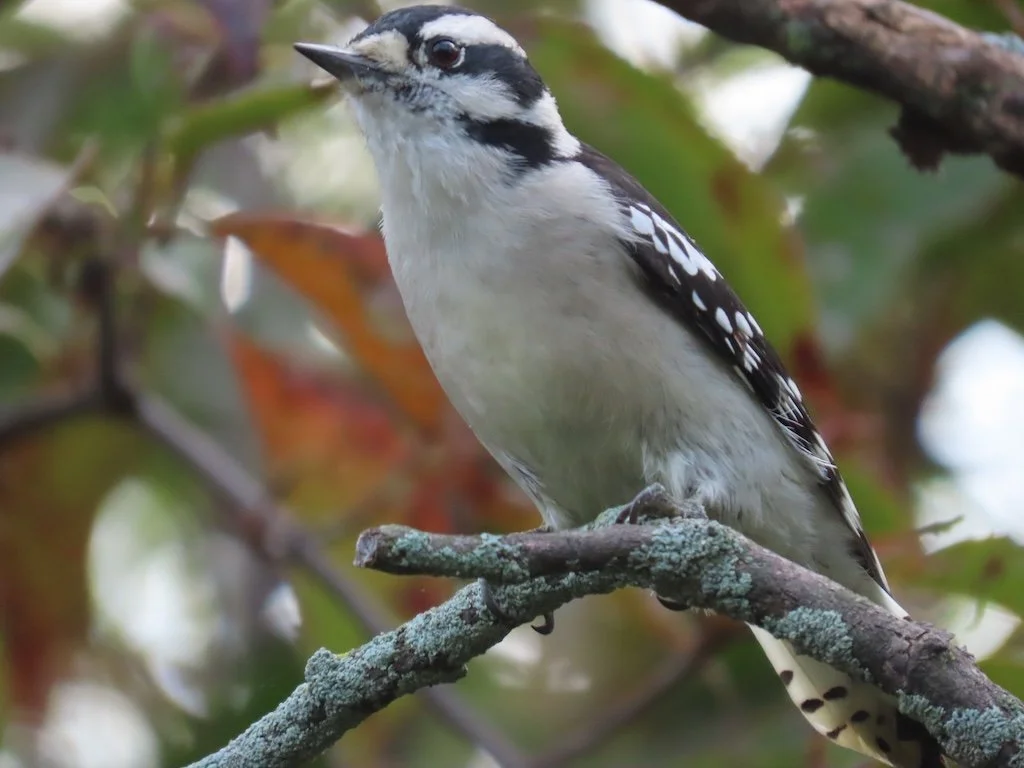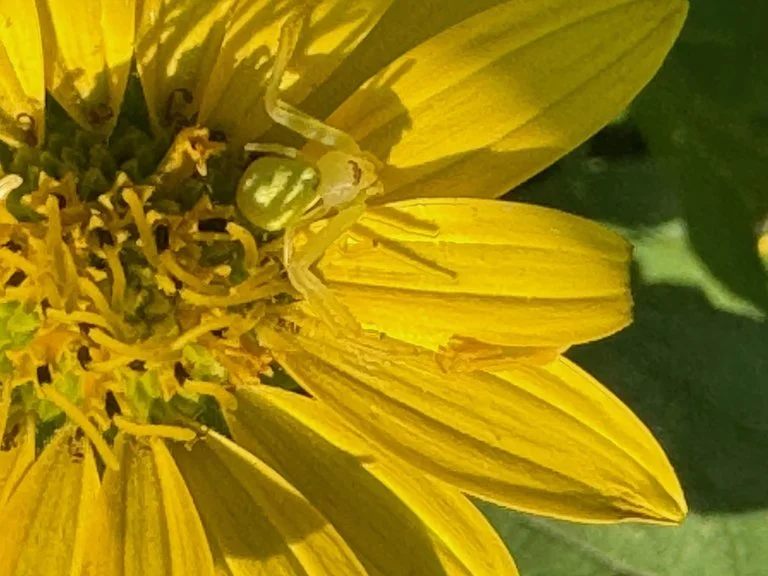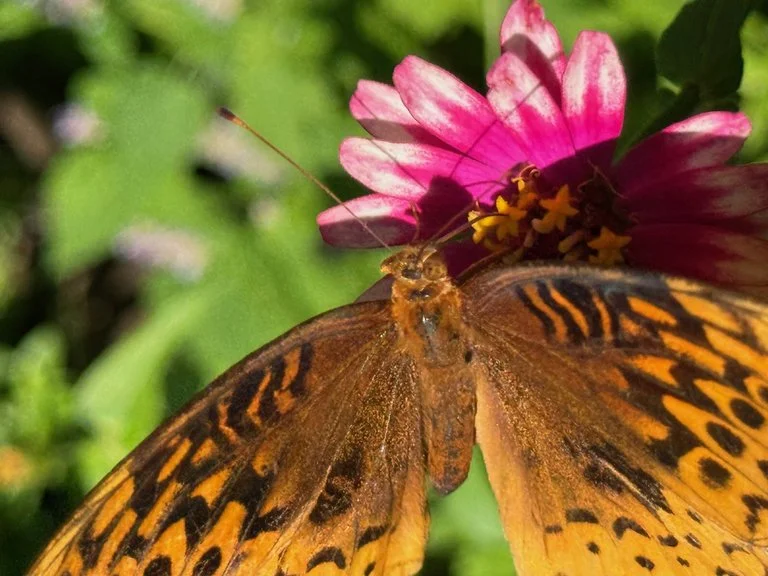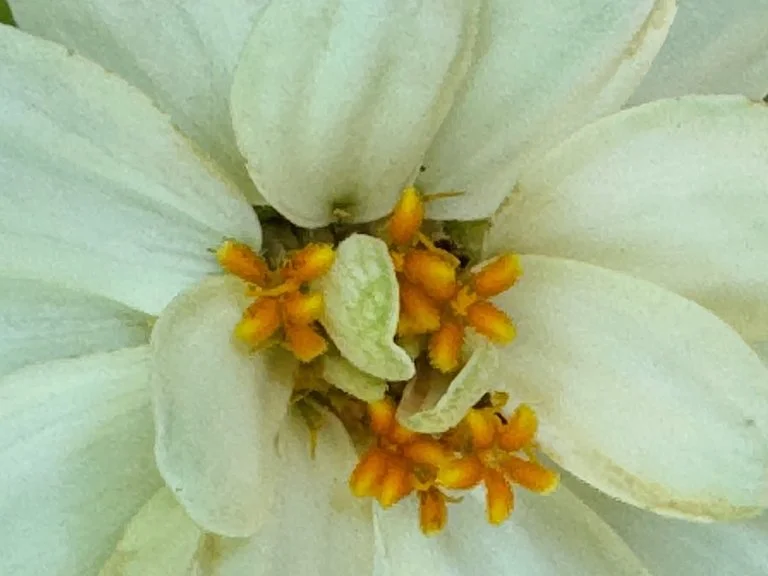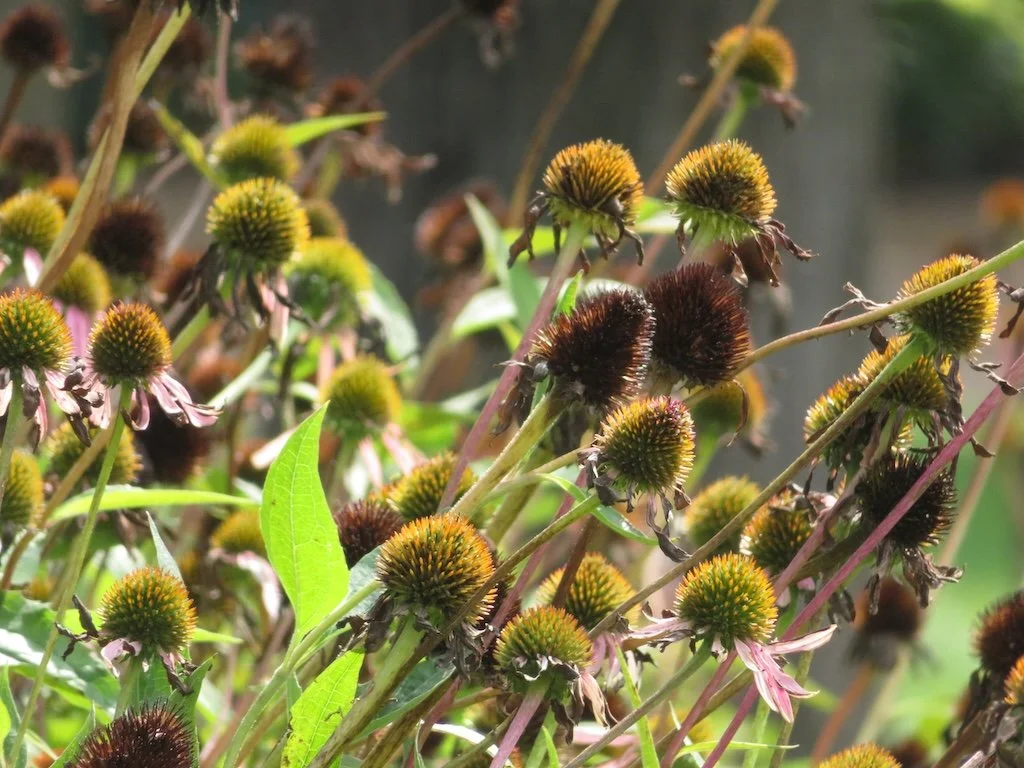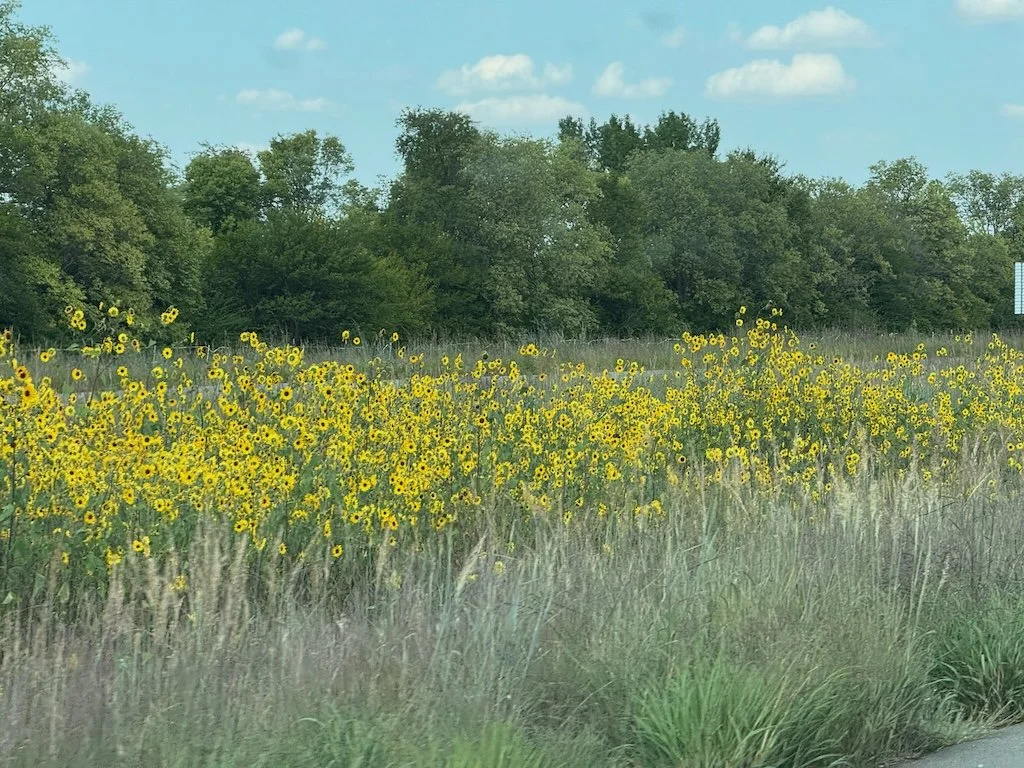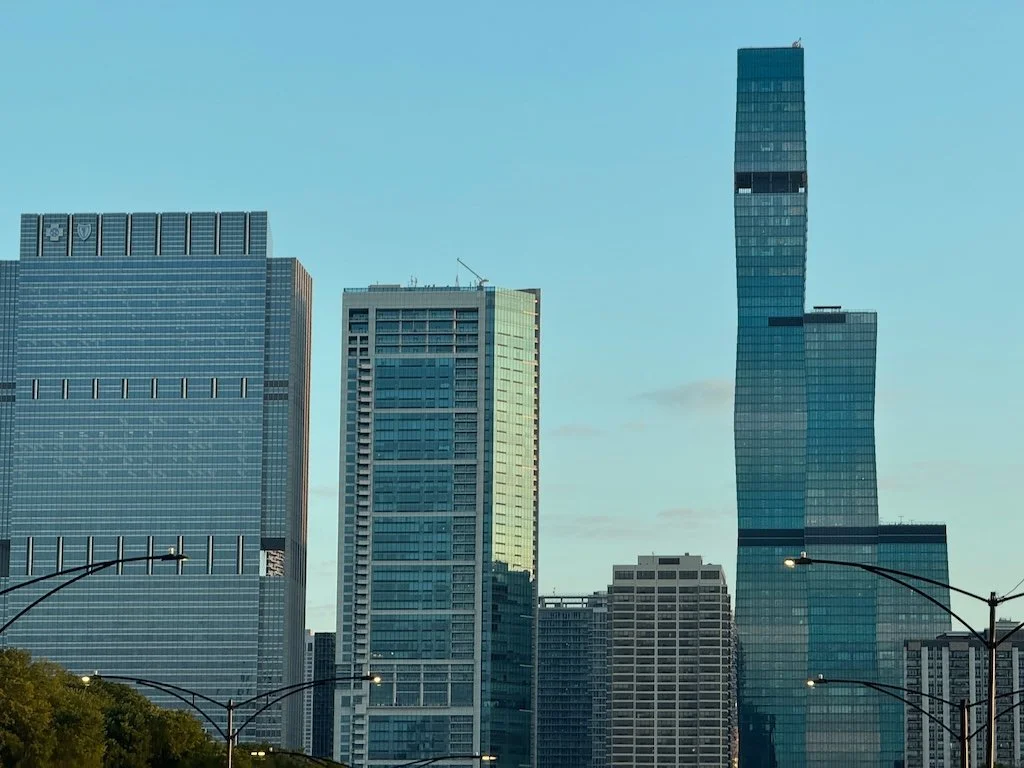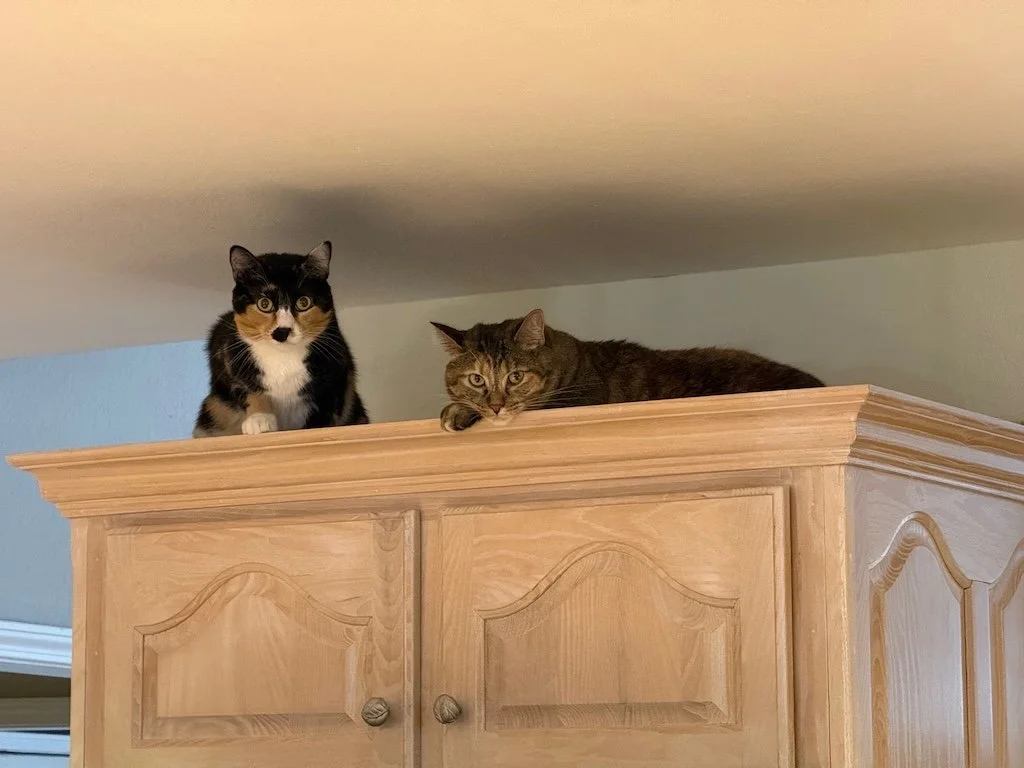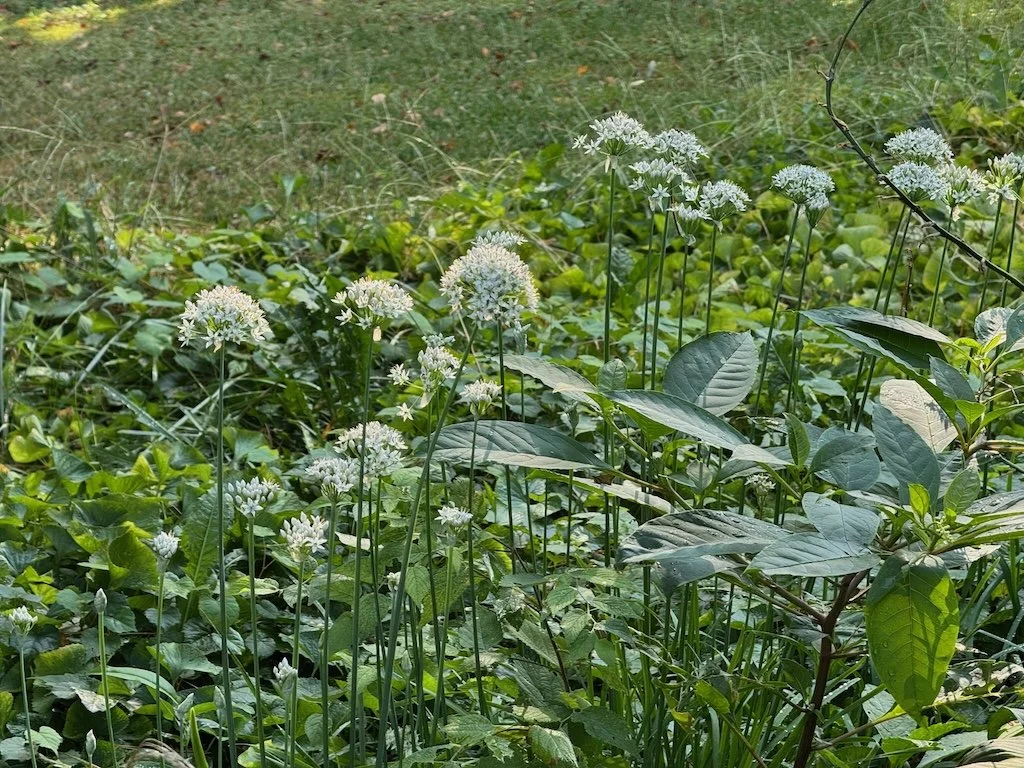Sustaining Elder Care – July 2024
/A full month had passed since my visit to my father in June and I noticed that his situation seemed calmer this month although the staff at the assisted living home were stressed with acclimating 2 new residents and the further decline of another. It took them longer to answer the front doorbell on both of my visits, but on both days my dad’s room was clean, he was dressed in clean clothes, and he had just finished a meal.
Since I arrive in the afternoon, it was too hot for a walk outdoors. One of the staff members stopped by to tell me she had taken him in the morning just after breakfast. We finished a puzzle in the great room (he was very pleased since the easy parts had been done the day before and the remaining pieces were mostly the same color). Afterward we went into the back yard, and he sat in the shade while I watered the plants that my sister managed to transfer from his former home; they need to be watered daily in the hot Dallas summer; my mother’s miniature rose bush is blooming profusely. I put out his clothes for the next day. It seems 2 to 2.5 hours is the ideal duration for visits with him. When I left, he was going to take a nap.
The next morning, I got bitten by something (ants?) as I waited for a staff member to let me into the house (fortunately the welts disappeared quickly once I used my After Bite stick). The staff were evidently overwhelmed with helping another resident (or two); they left the door a little ajar so I could immediately take Dad for a walk. The temperature was still pleasant, and I was surprised at the pace Dad set; it is clear that he is walking regularly and had built up his stamina. We made it around the block in good time – but enough that whatever was keeping the staff busy had resolved by the time we got back. I encouraged my dad to drink some water and we started a new puzzle. It turned out to be harder than we anticipated, and we only got about 2/3 of the border done before we decided to take a break to water plants in the backyard. And he was worn out from those activities…ready for a nap before lunch!
My dad is visited by me or my sisters almost every day. We all put out clothes for him to wear the next day and (right now) water plants. If the weather permits, we take him for a walk. We work on a puzzle with him. There has been at least one instance where he has requested that a puzzle be framed for his wall – and participated in the process to get it ready for the frame. He seems to be settling into a comfortable pattern.
The newest challenge has been him getting cold and putting on a jacket when he is in his room. Evidently the thermostat for his part of the house is in the kitchen and when there is a lot of cooking happening there it gets hot enough to cause the air conditioner to come on. His room gets about 5 degrees cooler than the kitchen! The staff is aware of the issue and is monitor. We are also reminding him that it is warmer in the community room where the puzzle table and large recliners are located…but he seems to prefer the jacket and his room at least some of the time!
Previous Elder Care posts

